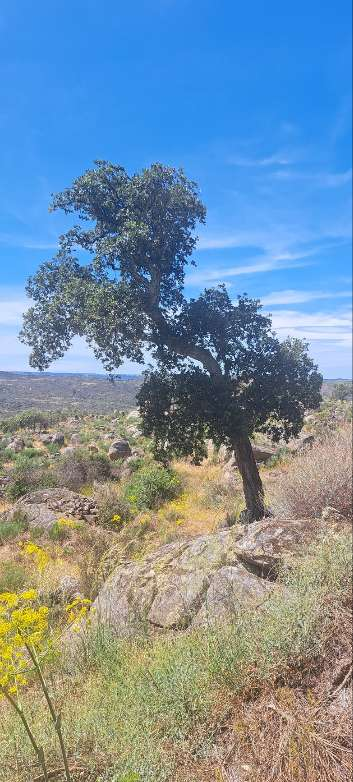
Karolina Wengerska, MSc
2nd year of Doctoral School
Universidade de Aveiro
The international internship at Universidade de Aveiro took place with the support of the Erasmus programme for short-term mobility from 17.04.2023 to 29.04.2023.
As part of the internship, I expanded my theoretical as well as practical knowledge of all forms of research, care and protection of a specific Mediterranean ecosystem, using the Faia Brava park as an example. Faia Brava is the first private protected area in Portugal and is part of the Côa Valley Archaeological Park, a UNESCO World Heritage Site and also part of the Natura 2000 sites. Faia Brava is located in northern Portugal. Around 180 plant species can be found in the park, the most interesting of which is the cork oak, traditionally used to make or produce cork. Many species of medicinal herbs also grow in the reserve. Faia Brava is home to many bird species, including eagles, eagle owls, black storks and Eurasian griffon vulture, whose presence in the area was one of the reasons for the creation of the reserve. At Faia Brava, the Maronesa and Sayaguesa breeds of cattle are reared as part of the relacion breeding, as well as Garrano horses, which help to manage the vegetation found there.
As part of my research internship, I had the opportunity to learn about a number of field research methods, including sampling methods for wild carnivores and small mammals in the field, methods for estimating the density and abundance of ungulates, methods for collecting and handling Mediterranean invertebrates, as well as ways to monitor amphibian and reptile populations using invasive and non-invasive methods or techniques for studying vegetation diversity and habitat structure.
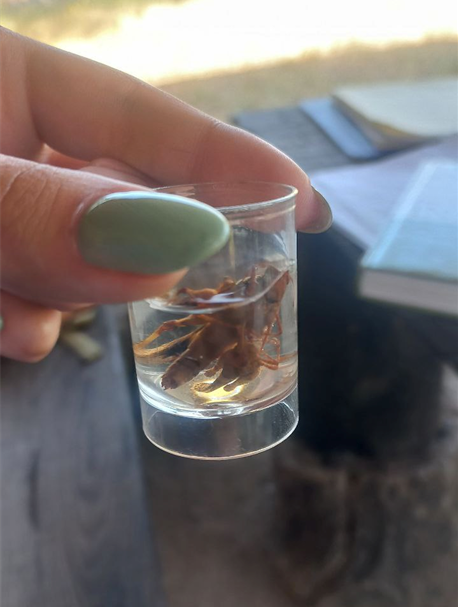 Conservation of invertebrate specimens.
Conservation of invertebrate specimens.
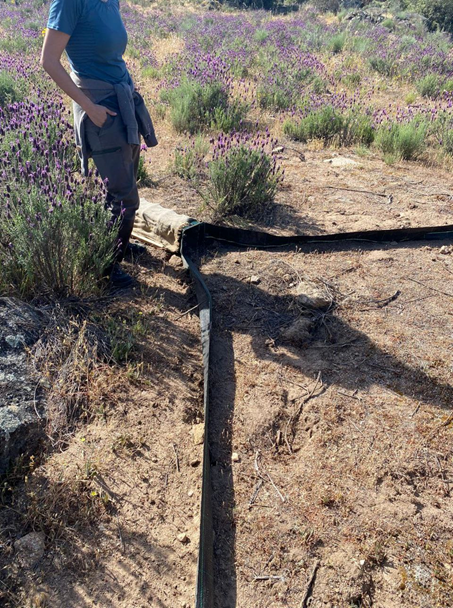
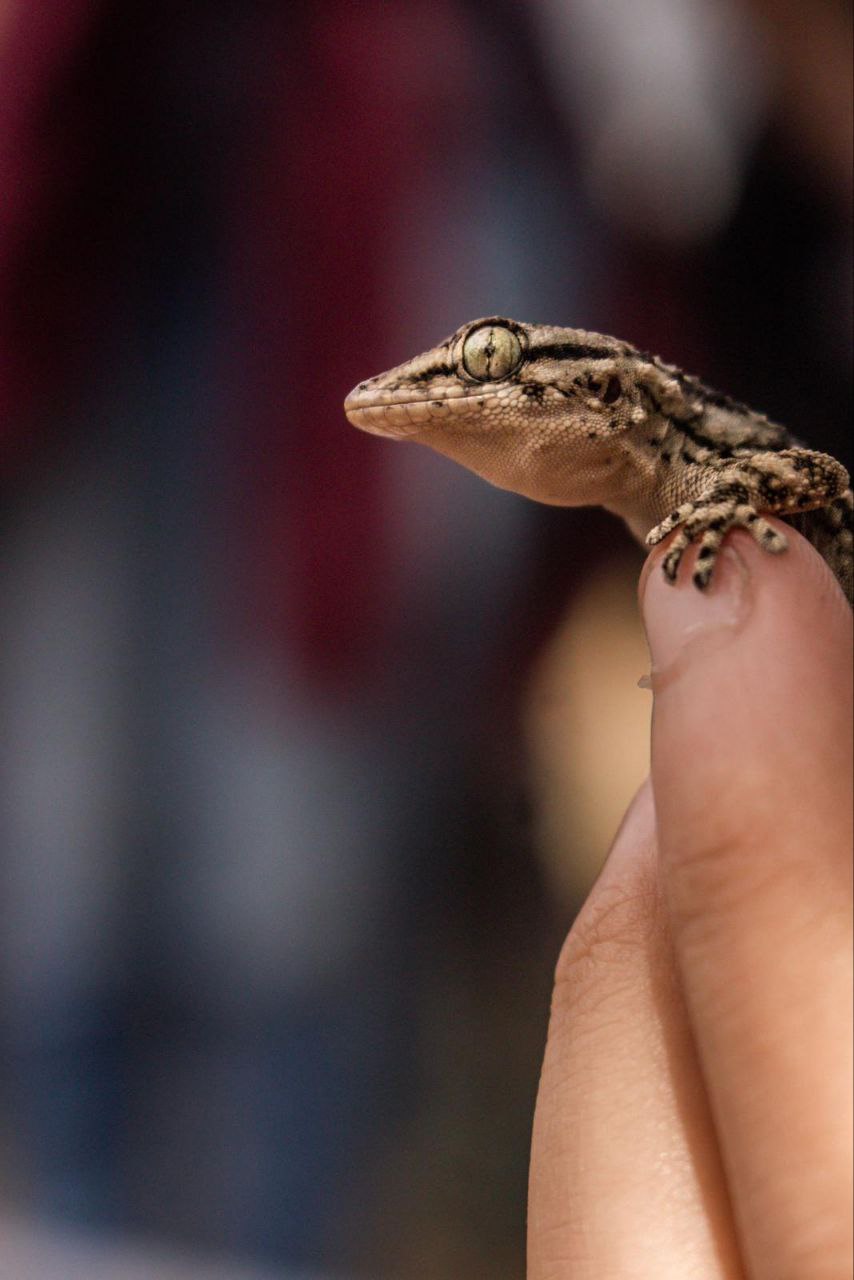 Monitoring of amphibian populations by invasive methods
Monitoring of amphibian populations by invasive methods
As part of my introduction to the culture of the region, I visited the Côa River Valley. This is the place where, in the 1980s and 1990s, thousands of ancient bas-reliefs were discovered in the course of planning work for a hydroelectric power station on the Côa River. They are particularly interesting because of the high concentration of Palaeolithic art, and also because the sculptures are located outside the caves, on rocks that are perfectly visible when illuminated during a night visit. The Côa Valley Archaeological Park, opened in 1996, was declared a UNESCO World Heritage Site in 1998.
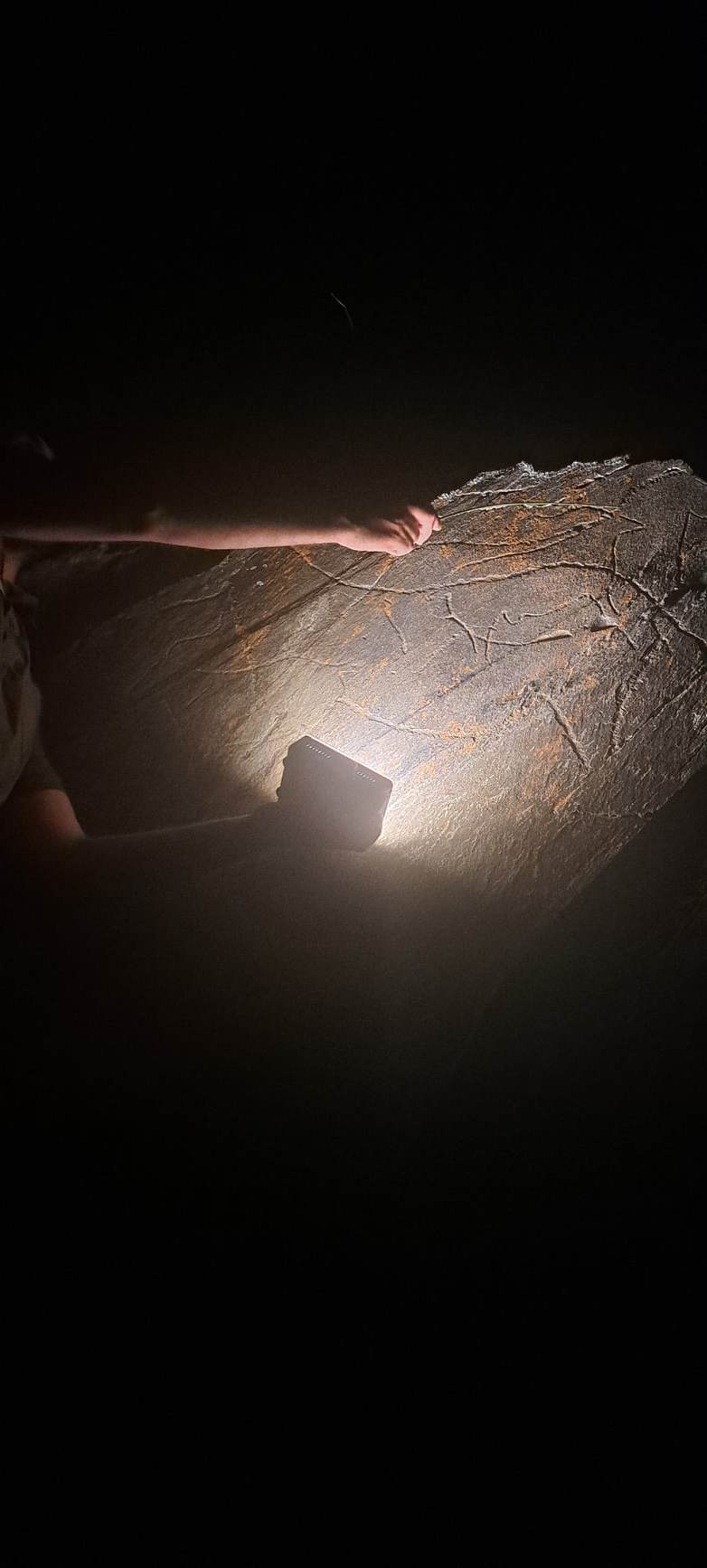
 Reliefs in the Côa Valley Archaeological Park
Reliefs in the Côa Valley Archaeological Park
This internship allowed me to broaden my knowledge of ecology, but also of interspecies interactions occurring both in natural habitats and in reserve breeding.
University of Life Sciences in Lublin
13 Akademicka Street, 20-950 Lublin
VATIN 712 010 37 75
REGON no. 000001896
ePUAP: /UP-Lublin/SkrytkaESP

